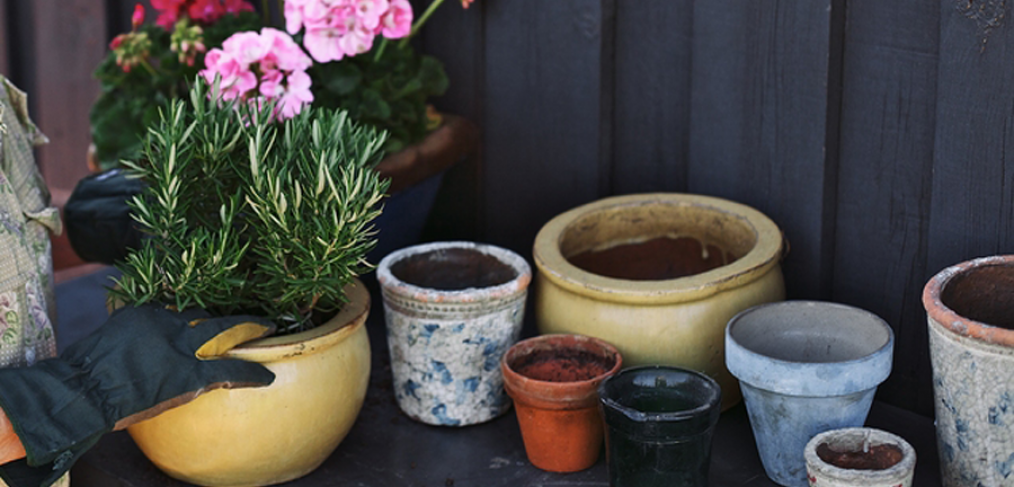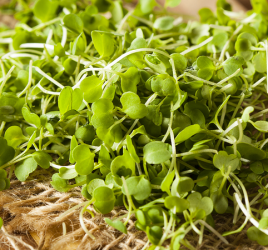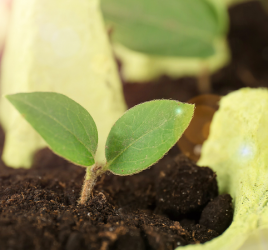
7 Superhero House Plants Purifying the Air

Indoor air can be some of the worst air to breathe. The air inside can build up with all the daily contaminants like smoke, toxins, pesticides, mold, bacteria, etc. We can clean like crazy, but still not get rid of all the different contaminants found in our air.
So what can you do to help purify the air in your home? Add the amazing house plant superheroes. These indoor plants can help improve your air quality and improve your health naturally.
Last week, we talked about the ability of 6 common indoor plant’s ability to help the quality of sleep. The reason plants can help us sleep better lies in the underlining benefit of their ability to help purify the air. Let’s dive into this amazing concept of how house plants purify our air with their superhero powers.
Plants Absorb Toxins in The Air Through Their Leaves
One image that comes to mind when I think about the ability plants have to absorb different chemicals and therefore, taking away toxins in the air comes from the 1999 movie, “The Green Mile.” Michael Clark Duncan plays the role of a man who was wrongly convicted of murder. In the movie, he had the unique ability to breathe sickness out of another person, healing them, and he would take it on himself. That is exactly what plants do. They literally absorb toxins out of the air through their leaves and even out of the ground through their roots.
We learned back in grade school how plants use the process of photosynthesis to convert light energy and carbon dioxide into chemical energy to fuel growth. Therefore, plants are known for taking in the carbon dioxide which is toxic to us humans and giving out oxygen which we need as humans to survive. However, a plants ability to absorb gases from the pores of the surface of their leaves is proving to have a strong impact on our air quality.
“While an air purifier can do some of the work of making the air around you at home or work a little fresher and purer, plants can do a much better job of filtering the air than a machine, plus they do it more quietly and without using up energy from your power plant.” – WikiHow
NASA Study
NASA partnered up with the Associated Landscape Contractors of America to study household plants as a way to purify the air in space facilities. Other studies are coming up with the same findings and that is that plants can absorb multiple toxins found in our homes. The study indicated that certain houseplants were able to help lower the levels of volatile organic compounds (VOCs). Benzene is a chemical found in some plastics, fabrics, pesticides, and cigarette smoke. Another example of a VOC is formaldehyde which can be found in dish detergent, fabric softener, and carpet cleaners. These indoor air pollutants are linked to chronic health problems and with the help of plants, those pollutants could be extracted out of the air.
Plants Absorb Toxins Through Their Roots
This idea of plants absorbing toxins in the air through their leaves, spurred on idea of plants being able to even clean up contaminated soil. Richard Meagher, a geneticist at the University of Georgia, tested a plant to see if the roots were able to soak in the toxins to help clean the soil. Meagher said that, “The technique of using plants to clean up polluted soils in order to make poisons less harmful is called, “Phytoremediation.” He shares that this method has effectively proven to removing arsenic. Arsenic is a poisonous semi-medal that is often used in pesticides, insecticides, and herbicides. When these plants were placed in soils that were highly contaminated, the noticed the plants ability to soak in the pollutants, and then store them in their leaves.
7 Superhero House Plants
According to NASA, to gain the most effective air cleaning is to place at least one plant per every 100 square feet in your home or your office space. Here is a list of 7 different household plants that have proven to help to eliminate contaminants.
-
Aloe Vera
This plant is known to heal cuts and burns, but it’s powers go beyond as it is an easy to grow, succulent that loves to be in sunny window. The NASA study showed that it was effective in clearing formaldehyde and benzene, which can be found in chemical-based cleaners and paints.
-
Spider Plant
This plant is a great one for those who don’t have a green thumb. It is a resilient plant and will be a hard one to kill. It has a lot of rich foliage and tiny white flowers. This power plant can help battle benzene, formaldehyde, carbon monoxide and xylene. If you have animals in the house and concerned about their safety, this is a great choice as it is safe for all plants.
-
Gerber Daisy
This beautiful plant needs lots of light, and is great for removing a chemical that is found in dry cleaning called trichloroethylene. It can also help to filter benzene that comes with ink.
-
Snake Plant
This power plant can filter out formaldehyde a chemical that is found in many common cleaning products like toilet paper, tissues, and personal cleaning products. This plant doesn’t need much light, but loves a steamy humid condition.
-
Golden Pothos
This plant is a fast-growing vine that would look great in a hanging basket as the green foliage cascades down. This plant is effect for taking on formaldehyde. MSN.com suggested to place this plant in your garage so that it can take in the formaldehyde that is found in car exhaust.
-
Chrysanthemum
This is a favorite plant that is often found in many homes in the fall. Choosing to place this plant inside, it will be able to fight off benzene all year long. This plant is a great choice as it is hardy and a beautiful addition for some bright colors. Making sure the give this plant lots of light will help encourage the buds to open. To read more on how to take care of mums, check out our post here.
-
Red-Edged Dracaena
This scrub can grow large. The green foliage with a red edge give this plant a great pop of color that will look great in your home. This plant is best for removing xylene, trichloroethylene and formaldehyde.
Wrapping Up
Plants truly have superhero powers as their very existence acts as a natural filtration system helping to purify the air that we breathe by eliminating many contaminants. Using their leaves and their roots, they draw in the different toxins out of the air and the soil. When we place house plants in our bedrooms, kitchens, and living rooms, we are allowing plants help us fight off colds, allergies, asthma, and many other healthy issues.



